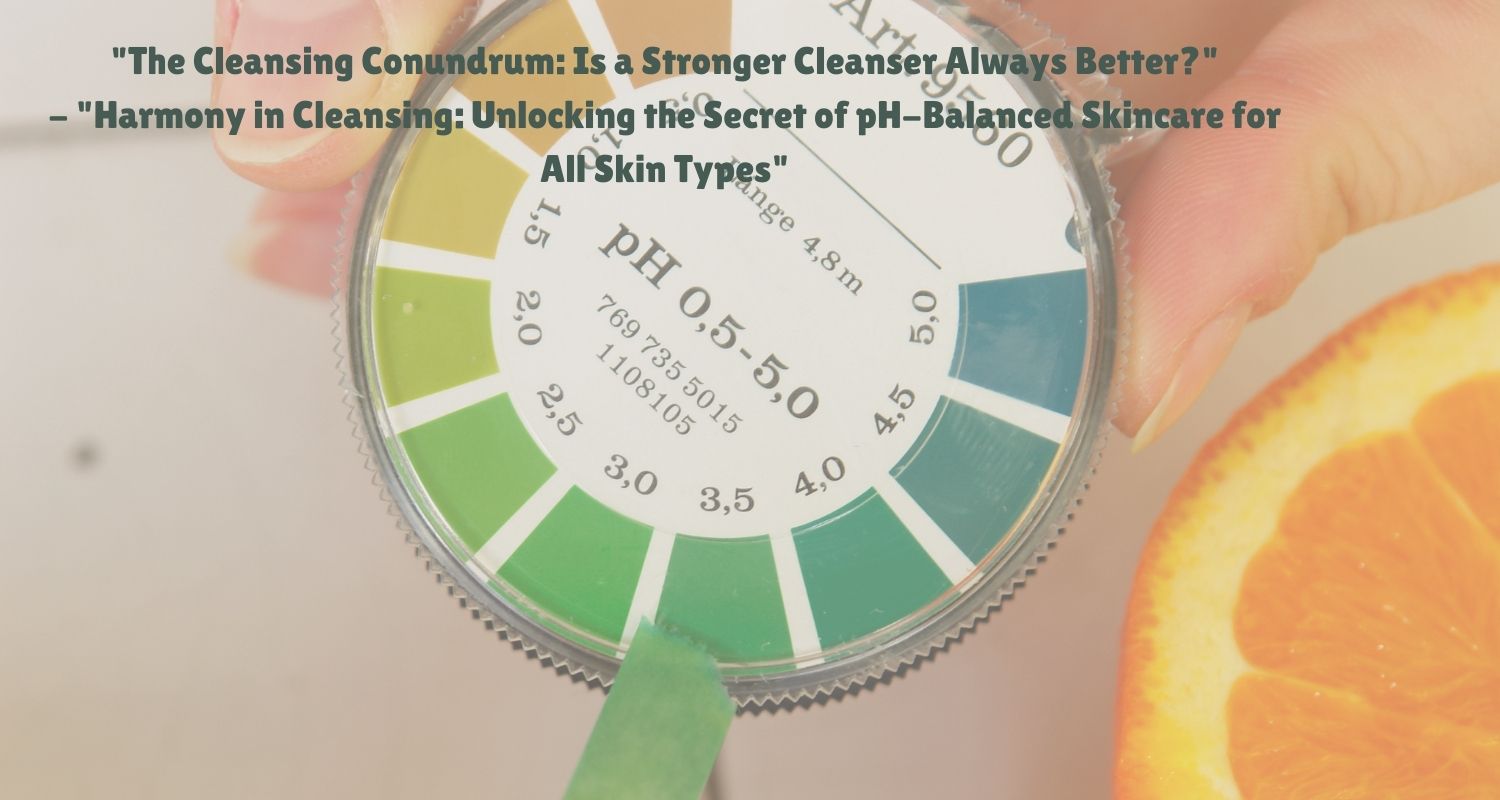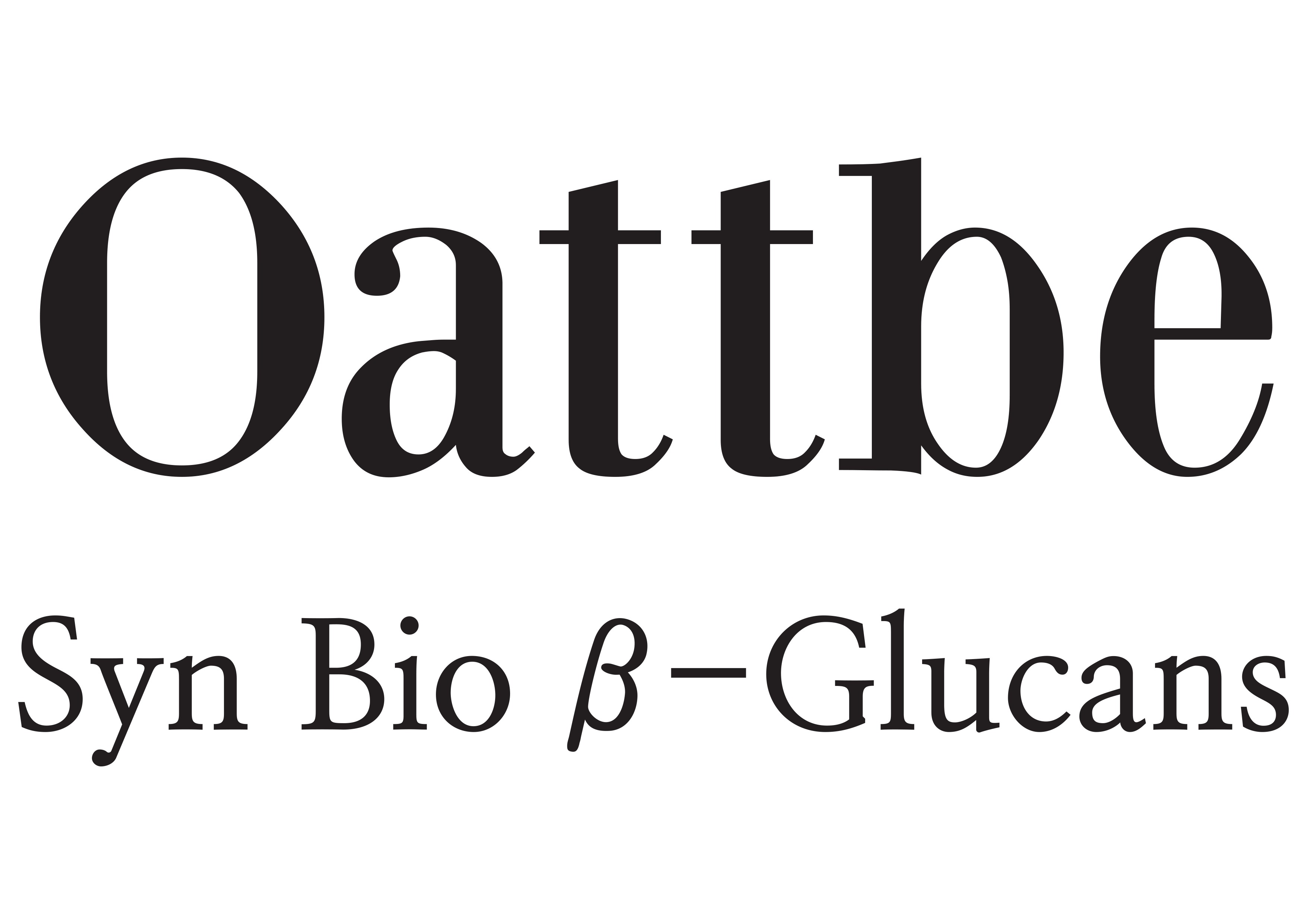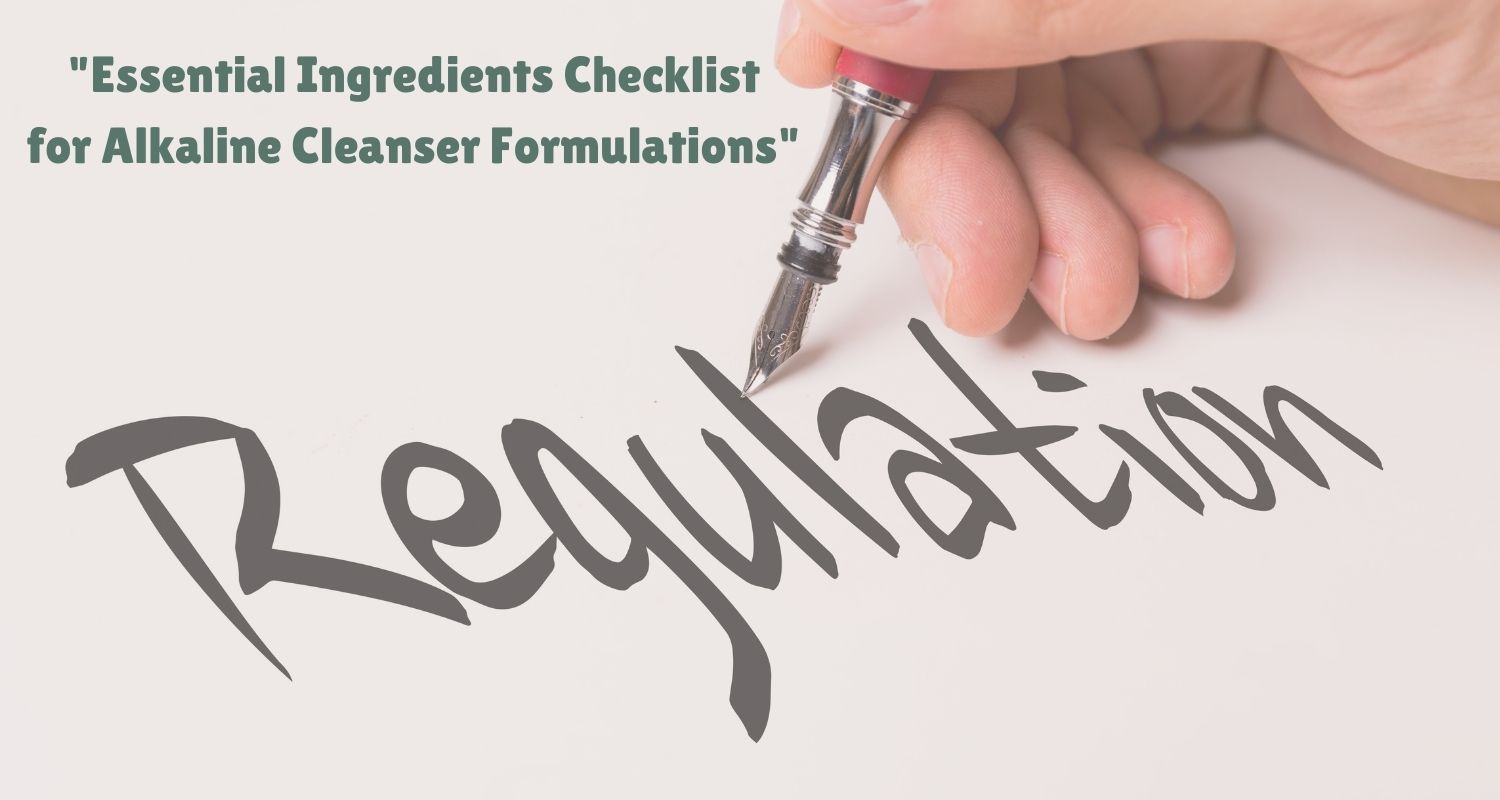
15. "The Cleansing Conundrum: Is a Stronger Cleanser Always Better?" - "Harmony in Cleansing: Unlocking the Secret of pH-Balanced Skincare for All Skin Types"
Understanding pH in Cleansers
"Balance is Key: The pH Power in Your Cleanser"
we'll delve into what pH means in the context of skincare. The pH scale measures how acidic or alkaline a substance is, ranging from 0 (most acidic) to 14 (most alkaline), with 7 being neutral. Our skin has a natural pH level of around 5.5, slightly acidic, which helps to keep moisture in and bacteria out. An alkaline cleanser (pH above 7) might feel more 'thorough' in cleansing but can disrupt the skin's natural balance.
"Deep Clean or Too Keen? Navigating Alkaline Cleansers"
- Alkaline cleansers are often more effective at removing dirt and oil but can strip the skin of its natural oils, leading to that dry, tight feeling post-wash. They're not necessarily designed to remove makeup but can give a feeling of intense cleanliness.
- 'Ingredients that Hint at High pH" : Look for ingredients like sodium bicarbonate (baking soda), certain alcohols, and harsh sulfates. These can indicate a higher pH. Avoid these if you're concerned about over-drying.
- "Understanding the After-Wash: Why Skin Feels Dry" : When a cleanser is too alkaline, it can disrupt the skin's acid mantle, leading to dryness, irritation, and even breakouts. This is because the protective barrier of the skin is compromised.

The Ideal pH for Different Skin Types :
"Customize Your Cleanse: Every Skin Type Deserves its pH Match!"
we will categorize skin types (oily, dry, combination, sensitive) and discuss the ideal pH range for each. For instance, oily skin might benefit from a slightly more acidic cleanser to help control excess sebum, while dry skin may require a more neutral pH to avoid stripping away natural oils.
- Oily Skin:
- Ideal pH Range: Around 5.5 to 6.0.
- Reason: This slightly acidic range helps control excess sebum production. Oily skin tends to have a lower pH, so using products within this range can help maintain its natural balance, reducing the likelihood of acne and breakouts.
- Dry Skin:
- Ideal pH Range: Approximately 5.5 to 7.0.
- Reason: Dry skin benefits from a more neutral pH to avoid stripping away its natural oils. Products in this pH range help to maintain the skin's moisture barrier, reducing dryness and flakiness.
- Combination Skin:
- Ideal pH Range: Around 5.5 to 6.5.
- Reason: Combination skin, having both oily and dry areas, needs a balance. A pH level in this range is mildly acidic, which is close to the skin's natural pH. It helps in maintaining the balance between controlling oil in the T-zone and providing enough hydration to the dry areas.
- Sensitive Skin:
- Ideal pH Range: Close to 5.5.
- Reason: Sensitive skin is best supported by products that match its natural pH as closely as possible. A pH of about 5.5 is gentle enough to avoid irritation and helps strengthen the skin's natural barrier function.

For Balanced Cleansing: Look for a cleanser with hyaluronic acid or glycerin. These ingredients help maintain moisture.
If You Prefer Alkaline: Choose one with added moisturizers to counteract dryness. Alternative Ingredients: Consider cleansers with tea tree oil or salicylic acid for acne-prone skin; they provide deep cleaning without excessive pH disruption.
Remember, the skin's natural pH is around 4.7 to 5.75, and maintaining this acidic environment is essential for protecting the skin from bacteria, environmental stressors, and moisture loss. The right cleanser for you depends on your skin type and concerns. It's always a good idea to patch test new products and consult with a dermatologist if you have specific skin issues.


